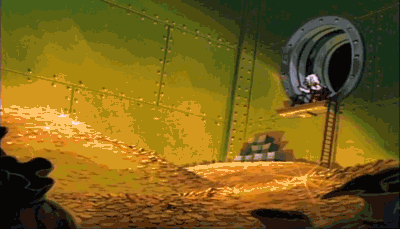~~~~~~ 3rd Lecture - Networking IP Subnetting ~~~~~~~~
Entha mandiki kavali
43 members have voted
-
-
-
-
Popular Now
-
-
Tell a friend
-
-
Most viewed in last 30 days
-













Recommended Posts
Join the conversation
You can post now and register later. If you have an account, sign in now to post with your account.